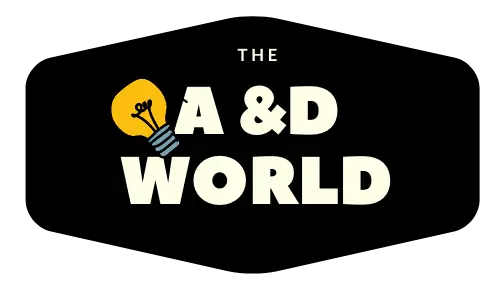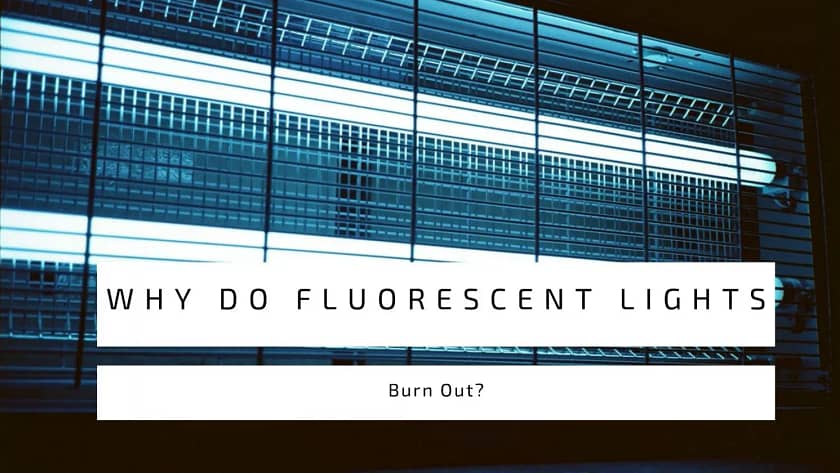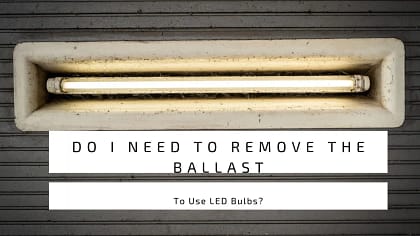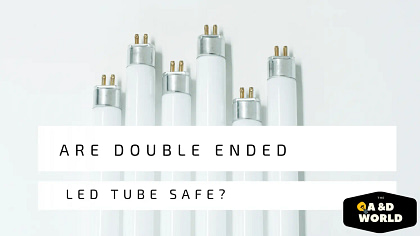Fluorescent lights use electric current to produce visible light. They have been around for more than 100 years and were first used in the early 20th century, but they grew popular in the 1960s. Fluorescent bulbs are widely used today because they offer several advantages over incandescent bulbs: they use less electricity, last longer, don’t get hot like regular bulbs do, and can be dimmed.
Fluorescent lights use a gas called mercury vapor inside the tube. When you turn on your light, it causes electrons to move through the metal wire coil inside. This process creates heat which then warms the mercury gas, causing it to emit ultraviolet radiation. The UV radiation travels down the tube and hits the phosphor coating at the end of the tube to produce light.
There are many reasons why your fluorescent lights fail such as failed electrodes, emission mix, loss of phosphors, and loss of mercury. In the post, I will answer most of your questions on fluorescent burn out and how to prevent this issue.
Why Do Fluorescent Lights Burn Out?
Failed Electrodes
Before your lights burn out you’ll notice signs like flickering, loss of color, and a color change at the end of your lamp. If one filament fails, then the entire light bulb may need replacing. Once electricity enters the bulb, the electrodes produce an electric arc allowing springs electrons to travel through the gas within the bulb.
Eventually, they reach the mercury inside the lamps, which causes them to emit ultraviolet (UV) rays. Once the ultraviolet light hits the phosphors, they start glowing, producing light. Therefore, if the filament fails, your lamp will not light, nor will it have heat to liquefy the mercury.
Emission Mix
The emission mix allows the electrons to move through the gas in the lights. So every time your turn on your fluorescent lamp, the emission mix fire up. Hence, if you turn on your light frequently then, the more emission mix you are losing.
Loss of Phosphors
The Phosphor coating inside your lamp tube can decrease over time. At the end of your lamp lifespan, you’ll notice the light isn’t that bright anymore. This is one reason your fluorescent light burns out so easily.
Loss of Mercury
Fluorescent bulbs contain a small amount of mercury. It is an important component for your lamp to light. As your light ages, it absorbs the mercury into the phosphor coating or glass tube. Now that there is a decrease in mercury, your bulb will burn out, developing a pink appearance.
Why Are Some People Allergic To Fluorescents?
It’s light sensitivity!
Some people find fluorescent lights difficult to work under because they emit an unfriendly spectrum. Artificial lights are not suitable for everyone because they produce a narrow band of wavelengths, like blue light. Therefore, it is difficult for some to understand why they see better in natural lighting.
Fluorescent lamps are not natural, and they produce harmful blue light. Moreover, some people are sensitive to fluorescent lights because they suffer from photophobia (light sensitivity). While it may sound like an irrational fear, photophobia can be a real physical reaction to intense exposure to sunlight or artificial lighting.
Fluorescent lights emit ultraviolet radiation, which can cause serious health issues. It can be extremely difficult for some individuals to deal with photophobia. Hence, you need to treat it like any other chronic disease if you want to get better.
Do I Need To Worry About Long-Term Exposure To Fluorescent Lights?

While light sensitivity happens, long-term exposure to fluorescent lights will not have any adverse effect on your health. According to a study by Canadian scientists, they found CFL (Compact Fluorescent Bulb) gives out ultraviolent rays but does not cause cancer.
However, exposure to UV rays comes with a host of side effects; like dizziness and migraines. To people who are in contact with CFLs for a long time. The study also found that once you remain within a foot of the fixture, you will not experience any long-term effects.
Migraines can occur after long exposure to fluorescent bulbs in people who work in offices or schools. But another study suggests that lighting isn’t necessarily the culprit. Most of these rooms are poorly ventilated, which is the leading cause of migraines.
What happens if I break a fluorescent lamp?
If you break a fluorescent lamp, you should immediately remove any broken pieces from the room. Mercury is extremely toxic, so you should never touch it yourself. You should call a professional to dispose of it properly.
Can I recycle fluorescent tubes?
Yes! Most fluorescent tubes can be recycled. Just take them to a local recycling center.
How often should I change my fluorescent bulbs?
You don’t have to replace your bulbs every year, but it’s best to change them before they burn out completely. Fluorescent bulbs typically last for 20,000 hours.
Which Is Better Fluorescent Or LED?
Fluorescent lights use more energy than LED lights. They also produce more heat, which means that they require more maintenance. LED lights use 40% – 60% lower energy consumption than fluorescent bulbs. In addition, LED lights are safer than fluorescent bulbs.
Let’s not forget fluorescent bulbs are cheaper to buy but, LEDs cost less to run. That’s a lot of cash you are saving when you switch to this energy-efficient option. Installing LEDs is super easy and doesn’t require any additional setup. LEDs produce a far better color rendering and can transition into natural lighting with ease.
To Recap,
Like LEDs, fluorescent light bulbs fail because of: failed electrodes, emission mix, loss of phosphors, and loss of mercury. They can also cause light sensitivity in some people. While they don’t can cause cancer, fluorescent bulbs produce harmful blue light resulting in migraines and dizziness.





